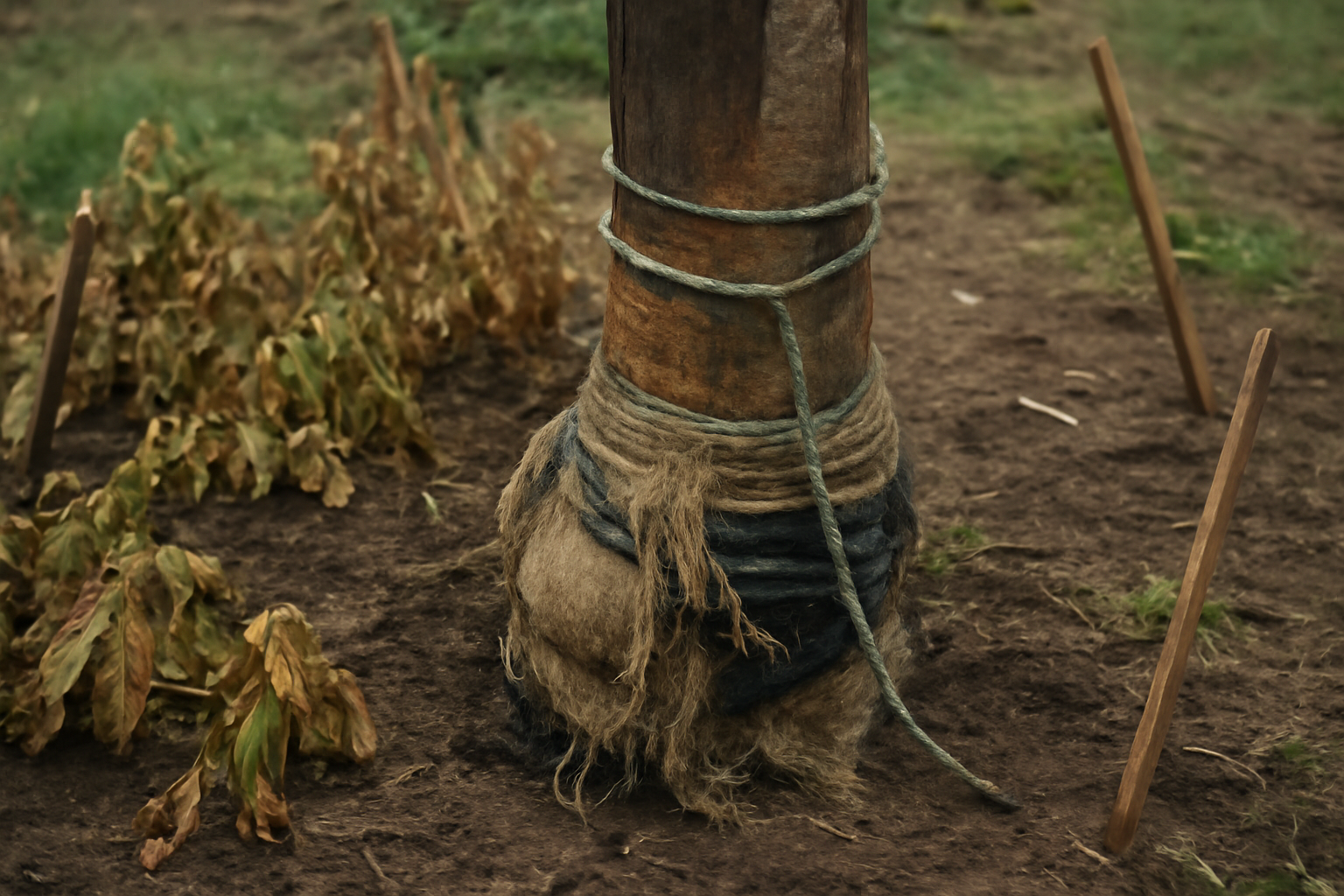The Hidden Dangers of Landscape Fabric: A Cautionary Tale for Tree Care
By now, many homeowners and landscapers are familiar with landscape fabric as a popular tool to control weeds and maintain clean garden beds. But what if this common landscaping material is actually harming the very trees and plants it’s supposed to protect?
What Is Landscape Fabric?
Landscape fabric is a synthetic or natural material laid beneath mulch or soil to prevent weed growth by blocking sunlight. It’s often praised for its weed-suppressing capabilities and is widely used in both residential and commercial landscaping projects. The fabric is typically porous enough to allow water and air to penetrate, theoretically supporting plant health while keeping weeds at bay.
The Problem: Landscape Fabric and Tree Abuse
While landscape fabric seems like a helpful product, recent reports and expert opinions have unveiled a darker side. Improper use of landscape fabric can lead to significant damage to trees, sometimes referred to as “tree abuse.” Here’s why:
- Restricted Root Growth: Trees need space for their roots to expand and breathe. Landscape fabric can act as a physical barrier, preventing roots from growing naturally and accessing vital nutrients and oxygen.
- Moisture Imbalance: Despite being porous, fabric often traps moisture underneath, which can lead to root rot or fungal diseases. Conversely, in some environments, the fabric prevents adequate water infiltration, leaving roots thirsty.
- Soil Health Degradation: Landscape fabric inhibits the natural decomposition of organic matter into the soil, which is crucial for maintaining healthy soil biology and nutrient cycling.
- Damage During Installation and Maintenance: Landscapers sometimes cut or damage roots when installing fabric, unknowingly inflicting long-term harm on trees.
Why Trees Suffer More Than Other Plants
Trees are living giants with complex root systems that often extend far beyond the visible canopy. Unlike small shrubs or annual flowers, tree roots require ample space, oxygen, and a healthy soil ecosystem to thrive. When landscape fabric confines or suffocates these roots, the tree’s overall health deteriorates, often without visible symptoms until it’s too late.
What Experts Recommend Instead
Arborists and horticulturists increasingly warn against the routine use of landscape fabric around trees. Some recommended alternatives include:
- Organic Mulch: Applying a 2-4 inch layer of organic mulch, such as wood chips or shredded bark, can suppress weeds while enriching the soil as it decomposes.
- Regular Maintenance: Hand-pulling weeds or spot-treating invasive species reduces the need for fabric and preserves soil health.
- Proper Tree Care: Ensuring trees have adequate water, nutrients, and space is essential. Consulting with a certified arborist can provide tailored advice.
How to Identify If Your Tree Is Being Harmed
Signs your tree might be suffering due to landscape fabric include:
- Yellowing or dropping leaves outside of normal seasonal changes
- Slow or stunted growth
- Visible roots growing over or against the fabric
- Soil that stays excessively wet or dry
If you notice these symptoms, it’s important to act quickly. Removing the fabric and improving soil conditions can help your tree recover.
The Bottom Line: Use Landscape Fabric Wisely
Landscape fabric is not inherently bad, but its application around trees requires caution. When used improperly, it can cause lasting damage that undermines your investment in landscaping and the health of your green spaces.
Choosing organic mulches and embracing natural weed control methods supports healthier trees and a more sustainable garden environment.
For more detailed insights and real-life examples of landscape fabric misuse, check out the original article on The Cool Down.
Further Reading & Resources
- Tree Care Tips – International Society of Arboriculture
- Mulching Trees and Shrubs – Penn State Extension
- Benefits of Green Infrastructure – EPA
Protect your trees by making informed landscaping choices—because healthy trees are the foundation of a beautiful, thriving garden.



